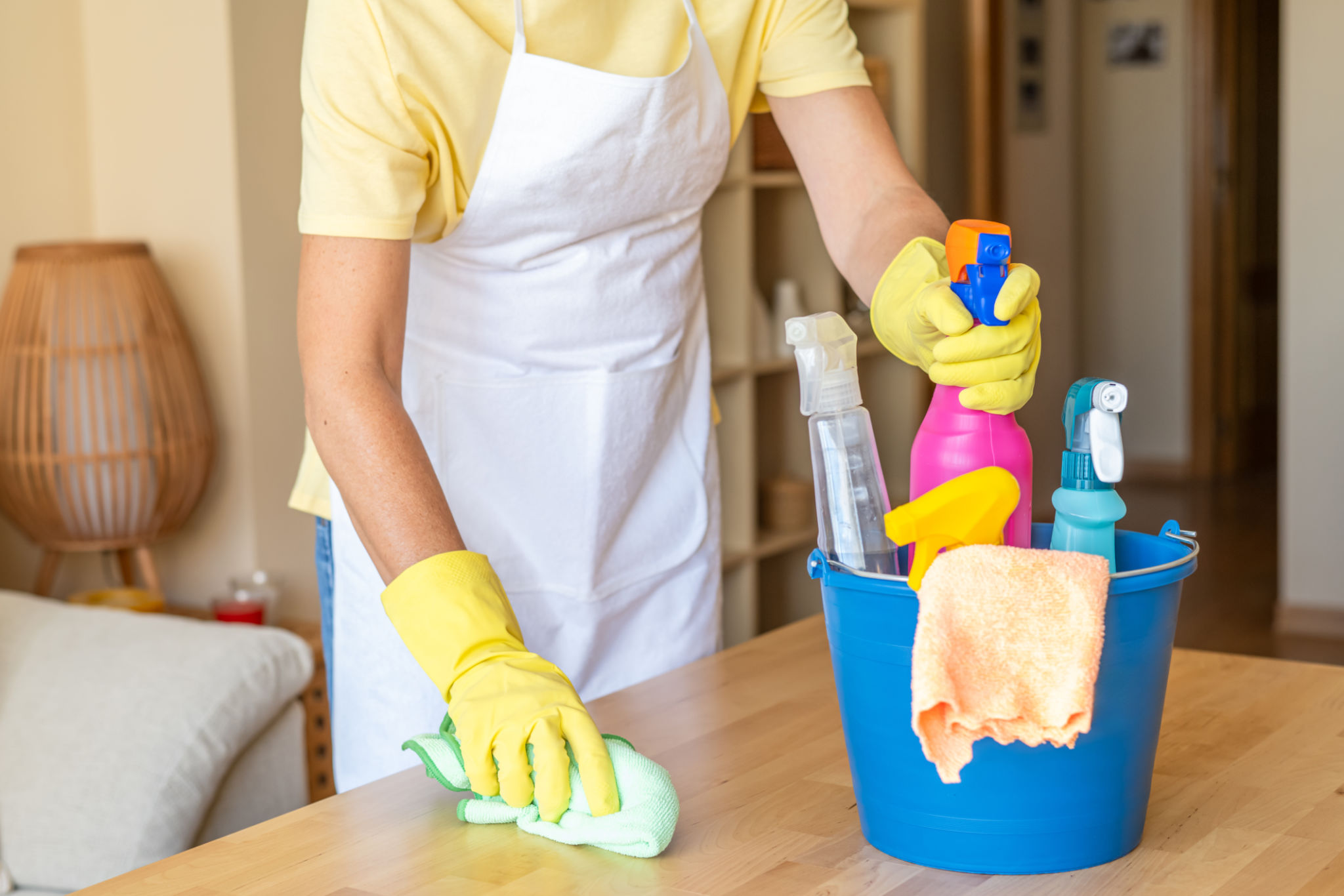Comparing Cleaning Services: Green vs. Traditional Methods
Understanding Green Cleaning Methods
In recent years, green cleaning methods have gained popularity, driven by increased environmental awareness and a desire for healthier living spaces. Green cleaning focuses on using products and practices that are safe for the environment and human health. These methods often incorporate natural ingredients like vinegar, baking soda, and essential oils, which are biodegradable and non-toxic.

One of the primary advantages of green cleaning is its minimal environmental impact. By avoiding harsh chemicals, these methods reduce pollution and lessen the risk of harmful substances entering water sources. Additionally, green products are often packaged in recyclable materials, further promoting sustainability.
Exploring Traditional Cleaning Methods
Traditional cleaning methods have long been the standard in both residential and commercial settings. These methods typically rely on chemical-based products that are effective at removing dirt, stains, and bacteria. Common ingredients in traditional cleaners include bleach, ammonia, and various synthetic fragrances.
While traditional cleaning products are effective, they can pose several health risks. Prolonged exposure to certain chemicals may cause respiratory issues, skin irritation, or allergic reactions. Additionally, these products often contribute to indoor air pollution, affecting overall air quality.

Effectiveness and Efficiency
When comparing effectiveness, both green and traditional cleaning methods have their strengths. Traditional cleaning agents are known for their ability to quickly eliminate tough stains and bacteria. However, green cleaning products have improved significantly, offering comparable results without the use of harsh chemicals.
In terms of efficiency, traditional methods may seem more straightforward due to their fast-acting nature. However, green cleaning often involves a more thorough approach, ensuring that surfaces are not only clean but also free from toxic residues.
Cost Considerations
Cost is a significant factor when choosing between green and traditional cleaning services. Traditional cleaning products are generally less expensive upfront, making them attractive for budget-conscious consumers. However, the hidden costs of health issues and environmental damage can outweigh the initial savings.
Green cleaning products might be priced higher initially, but they often prove cost-effective in the long run. Many green solutions are multi-purpose and concentrated, requiring less product per use. Moreover, the potential health benefits can lead to reduced medical expenses over time.

Health Implications
The choice between green and traditional cleaning methods can significantly impact health. Green cleaning reduces exposure to harmful chemicals known to cause health problems. This is especially important for vulnerable populations such as children, the elderly, and those with existing health conditions.
Traditional cleaning methods, while effective at disinfecting, may introduce toxins into the home environment. By opting for green alternatives, individuals can create a safer living space with improved indoor air quality.
Making Informed Decisions
When deciding between green and traditional cleaning services, consider your priorities regarding health, environmental impact, and budget. For those who value sustainability and health above all else, green cleaning offers an excellent solution. On the other hand, if immediate results are more critical, traditional methods might be preferred.
Ultimately, blending both approaches could provide a balanced solution. Using traditional methods for deep cleaning while incorporating green practices for regular maintenance can achieve a cleaner home without compromising on health or the environment.
